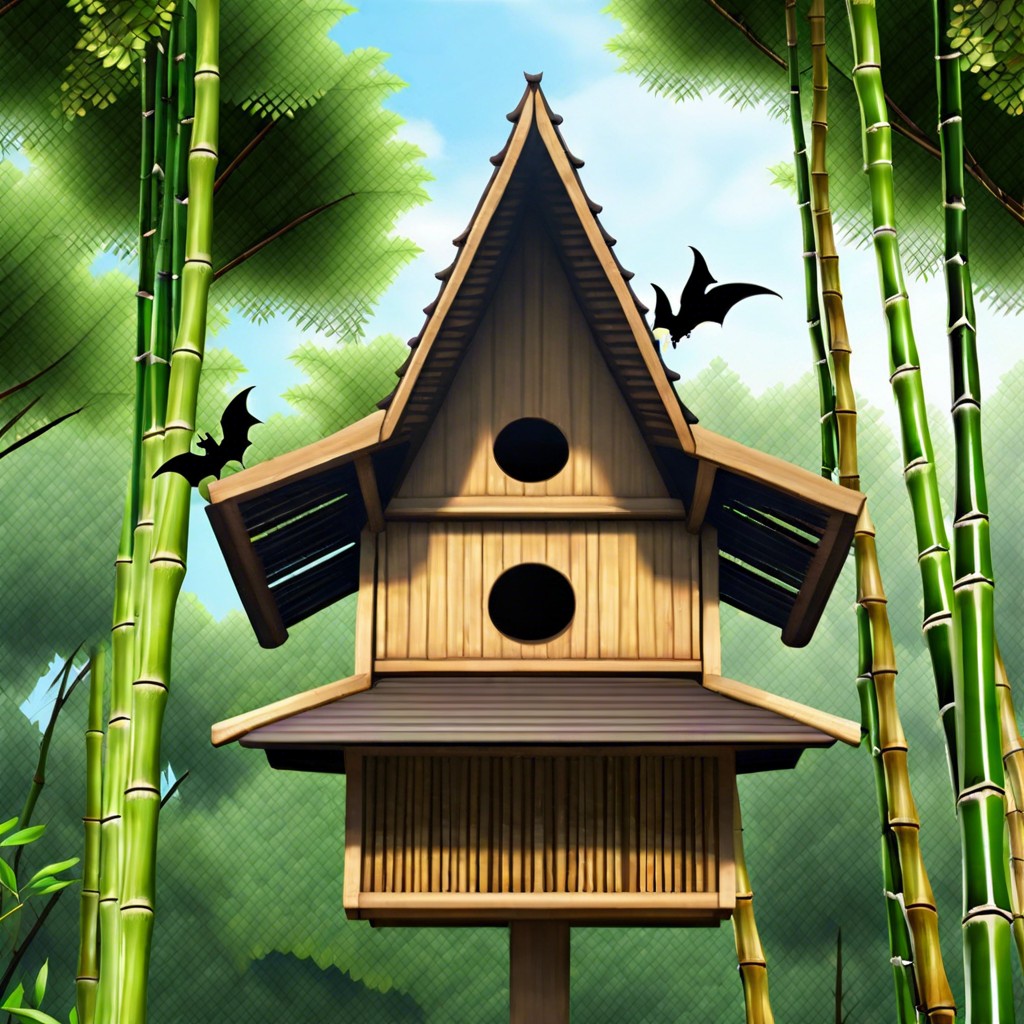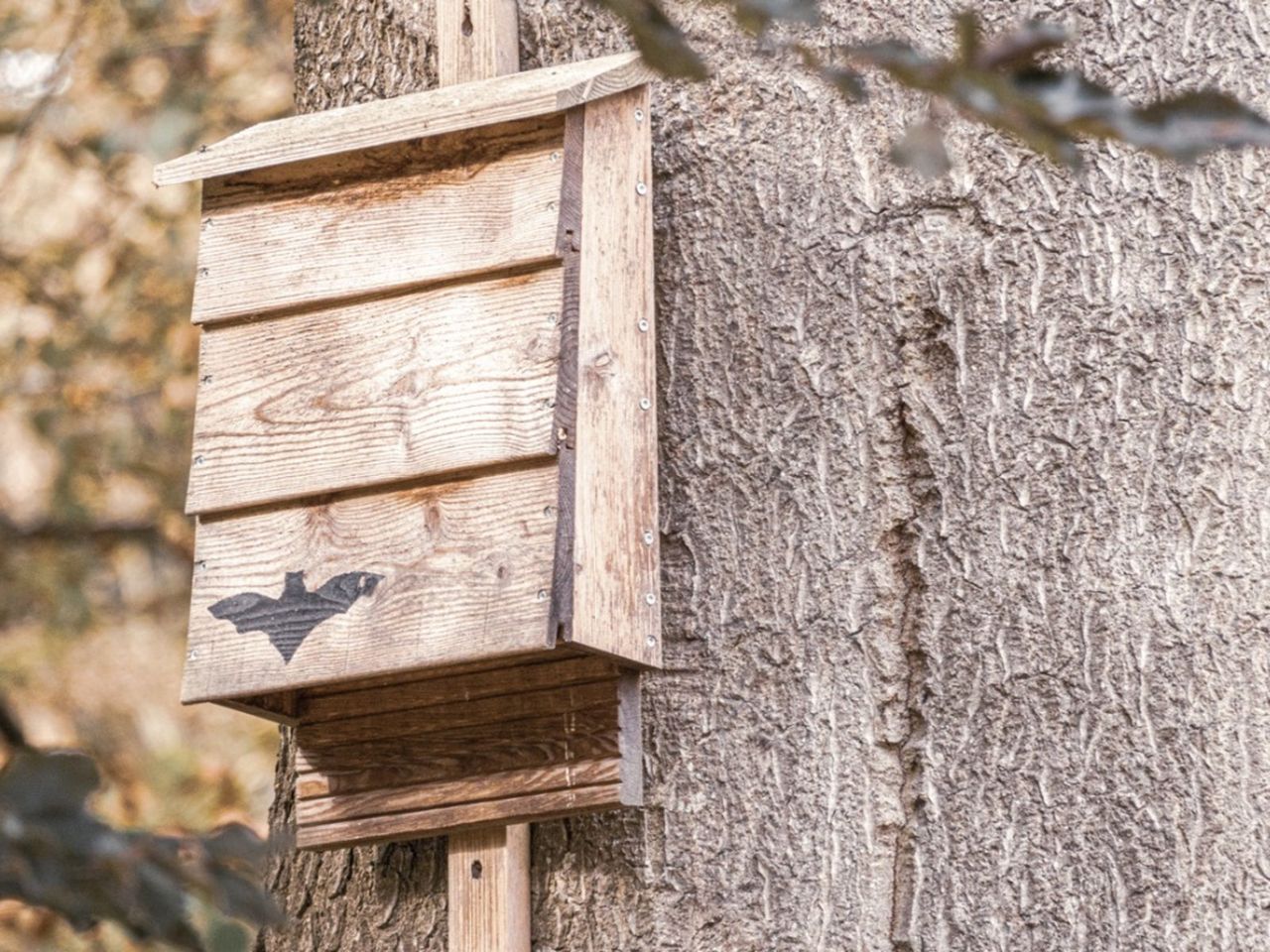Bat House Landscaping: Simple Steps to Attract and Support Bats Safely

If you want your bat house to be both a wildlife magnet and a landscape showstopper, you’re after my favorite kind of project. After years of experimenting (and, let’s be real, failing gloriously before finding that sweet spot), I can promise: You don’t have to settle for ugly bat boxes or half-hearted setups.

Let me pull back the curtain on the approach I use after dozens of installs in tricky backyards, compact city lots, and sprawling rural patches.
Insider Secret #1: The “Invisible Integration” Principle

Long gone are my days of slapping an unpainted plywood box onto whatever post was handy. My first attempt? Perched on a telephone pole right at the edge of my veggie patch—bat house stark against blue sky like a misplaced mailbox. It got sun, sure, but looked like an afterthought.
Here’s what actually works if you want heads turning for the right reasons:
- Color Coordination is Everything: Early on, I started painting boxes in Behr’s "Black Mocha" or Benjamin Moore's "Iron Mountain." Not only did these shades absorb sunrise warmth (key in cooler climates!), but they also tied seamlessly with fences and modern garden edging.
- Architectural Harmony: For clients with cedar arbors, I’ll mount the bat house with matching stained posts and occasionally add copper cap hardware so it echoes something intentional—people actually ask where they can buy “that sculpture.”
- Background Framing: Flank your mounting area with tall native perennials. Bee balm, coreopsis, and prairie dropseed planted in clusters distract the eye from harsh lines—the overall effect feels curated rather than accidental. The first time I surrounded a newly installed bat house with spiky liatris and goldenrod… it got more compliments than my pollinator beds!
Insider Secret #2: Bats Have Taste (and Patience is Required)

Here’s what none of those cookie-cutter guides tell you: bats are choosier than bluebirds about their digs! My record? A full 18 months before a single little brown bat called one install “home,” despite perfect conditions. Meanwhile, another time in suburban Kansas City, bats moved into a client’s new box within three weeks—because there was already an established flight corridor between backyard creeks.
A few seasoned tricks for picking winning locations:
- Height Matters—but Sun More So: The 12–15 ft rule isn’t just about avoiding raccoons; it’s to maximize direct solar gain for at least six hours daily. If your wall gets dappled shade after lunch? Grab a solar pathfinder app (I swear by Sun Seeker) before committing.
- Surface Rules: Brick walls outperform trees or aluminum sheds; heat retention does wonders for brood success rates. Avoid mounting above anything reflective (I once roasted a box over my cousin’s shiny metal garage…no tenants).
- Light Pollution Sabotages Everything: Did one install by an artfully lit patio once—never saw a single guano speck beneath it! Since then: never within 30 ft of night lights or motion sensors.
Insider Secret #3: Under-Bat House Planting = Double Duty

Want to deal with guano gracefully and turn the base into an ecological feature? Mulch isn’t enough—I learned this during my first season when cleaning under a wildly active bat colony turned into an odorous chore.
What works far better:
- Ring the post with river rock or pea gravel mulch—it absorbs droppings and makes weekly clean-up as easy as hosing off stones.
- Border planting with feathery grasses like little bluestem keeps kids and dogs away while giving bats extra aerial cover on approach flights.
- Add signage (“Mosquito Patrol HQ”) if neighbors worry—you’d be surprised how quickly concerns flip to curiosity when people see there’s purpose beyond “creature box.”
Failure Stories That Became Goldmines

Dozens of installs taught me not every trick works everywhere:
- Once had three empty years at my own place because I misjudged sun patterns—a towering neighbor maple meant too much afternoon shade. Solution? Installed further from the tree line—even though it felt exposed—and had residents within two months.
- Tried mounting directly above decorative pond lighting one summer; zero bats moved in until I rewired those LEDs to turn off automatically at dusk.
Failures sharpened my intuition more than successes ever could.
Unexpected Payoffs & Why It’s Worth It
After hosting bats through four full seasons myself:
- Mosquito populations dropped by at least half compared with friends’ nearby yards (tracked using sticky traps; peak reduction was July 2020).
- My wildflower beds flourish thanks to bat droppings—no need for synthetic fertilizers anymore.
- Neighborhood kids stop by every August evening hoping for glimpses—and honestly, their excitement is infectious.
My Step-by-Step Game Plan
-
Scout Like Sherlock Holmes
- Watch sunlight angles through three different times over one weekend before choosing your wall/pole.
- Use painter’s tape to mock up position on possible spots—stand back from across the yard; see how each option blends visually.
-
Design Before You Drill
- Match mounting materials/paint color to existing outdoor features.
- Accent base plantings with natives that suit both bees and bats—I often use black-eyed susan paired with little bluestem for late-summer visual pop.
-
Install With Intention
- Use steel lag bolts into masonry walls—they won’t wiggle over winter freeze-thaw cycles.
- Add ground layer beneath before hanging up; preventative design is much easier than reactive cleanup!
-
Log Progress Religiously
- Log dates installed/sightings/weather patterns in a small notebook or phone doc—the data will help you tweak setup year-to-year and builds patience when first results lag behind excitement.
-
Celebrate Every Sighting
- Set up chairs just out of flight path so friends or family can join “bat watch” evenings come midsummer dusk—it never gets old seeing those agile flyers swoop through moonlight!
If there’s any mantra that stuck from year after year of doing this work: blending habitat creation beautifully into ordinary home landscapes isn’t luck—it’s intention powered by countless tiny adjustments learned firsthand.
Every new install gives me that spark all over again—and you’ll feel it too when dusk falls and those wingbeats flicker overhead! Dive in headfirst—you’re building something way bigger than just another garden accessory; you’re supporting local biodiversity with style.



